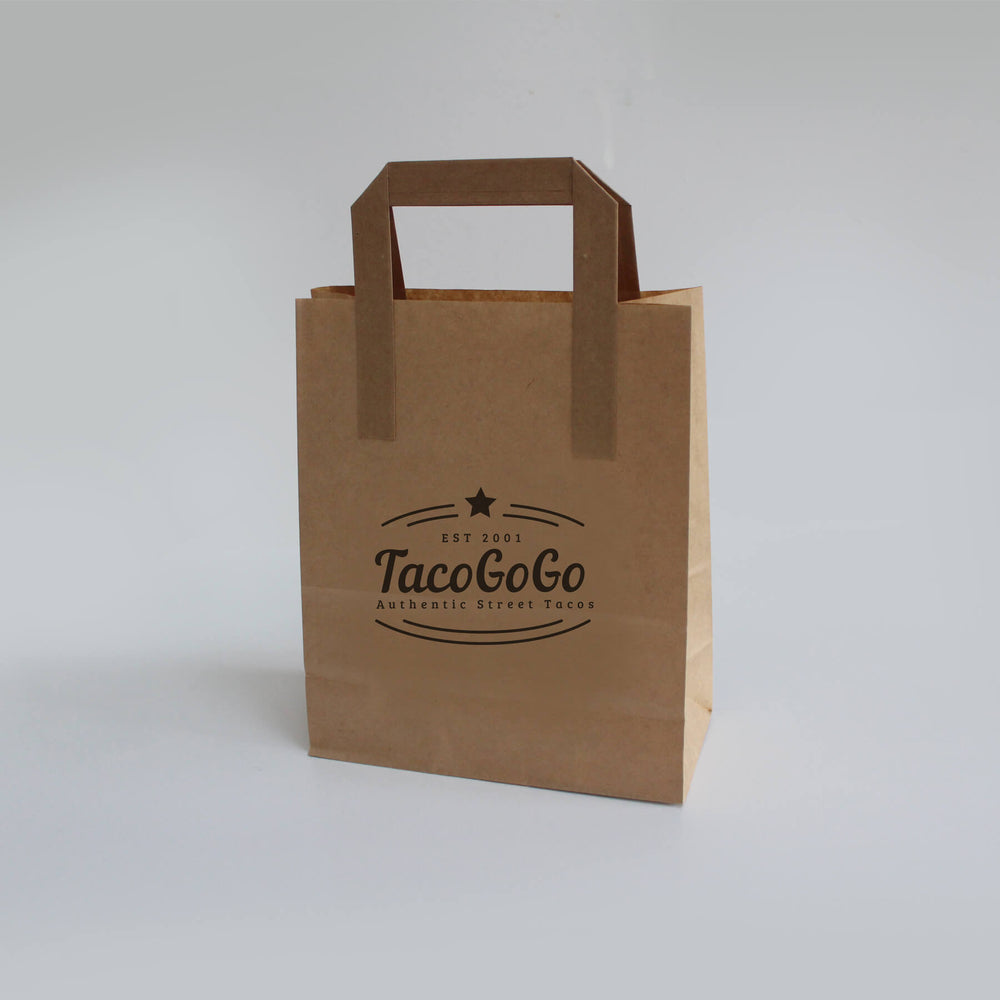The Importance of Packing Foam in Safe Shipping and Storage
In an age where e-commerce has taken a central stage, the significance of packaging materials has become more pronounced than ever. Among these materials, packing foam stands out as a vital component in ensuring that products reach their destinations safely and securely. Whether you are a business owner shipping delicate items or an individual sending a gift, understanding the role of packing foam can help enhance the efficacy of your shipping process.
What is Packing Foam?
Packing foam is a lightweight, cushioning material designed to protect fragile items during transport. It comes in various forms, including foam sheets, peanuts, and molded inserts, each serving unique purposes. Foam sheets act as protective layers that can be cut to fit specific items, while foam peanuts are loose-fill materials that can conform to the shape of the item they surround. Molded inserts are custom-designed foam shapes that cradle specific items, preventing any movement within the box.
The Benefits of Using Packing Foam
1. Protection Against Impact The primary function of packing foam is to absorb shock and prevent damage from impacts. When an item, such as electronics or glassware, is jostled during transportation, packing foam minimizes the risk of breakage. The cushioning effect of the foam effectively diffuses the energy from impacts, keeping items intact.
2. Lightweight and Cost-Effective Packing foam is remarkably lightweight, which helps reduce shipping costs. Carriers often charge by weight, and opting for foam packaging allows businesses and individuals to save on expenses without sacrificing safety. Moreover, foam materials are often less expensive than other protective options, making them a financially sensible choice.
3. Versatile Applications The versatility of packing foam makes it suitable for a wide range of products. From electronics and ceramics to medical supplies and automotive parts, foam can be tailored to meet specific packing needs. This adaptability ensures that businesses can protect varied inventory types with ease.
4. Sustainability Options With growing awareness surrounding environmental sustainability, manufacturers are increasingly producing eco-friendly packing foam options. Biodegradable and recyclable foams are now available, allowing businesses to maintain their protective measures while also being considerate of the environment. This shift not only helps in reducing landfill waste but also appeals to environmentally conscious consumers.
How to Choose the Right Packing Foam
Selecting the appropriate type of packing foam for your needs requires consideration of several factors
packing foam

1. Item Characteristics Evaluate the dimensions, weight, and fragility of the item you are packing. For particularly fragile items, like glass or ceramics, a thicker layer of foam or a molded insert may be necessary.
2. Shipping Method Consider how the item will be shipped. If it is likely to undergo rough handling, additional cushioning may be needed to ensure protection throughout the journey.
3. Cost vs. Protection Striking the right balance between cost and safety is key. While cheaper materials may save money upfront, investing in quality packing foam can lead to reduced losses from damaged goods in the long run.
Best Practices for Using Packing Foam
To maximize the effectiveness of packing foam, it is essential to follow best practices
1. Fill Empty Spaces Ensure that there is no gap between the item and the box. Use foam peanuts or additional foam sheets to fill any empty spaces, preventing movement during transport.
2. Double Layering For extremely fragile items, consider using double layers of foam packaging. This adds an extra level of cushioning that can be beneficial, especially when shipping over long distances.
3. Test Packaging Before finalizing your packing process, conduct tests to determine the effectiveness of your foam solution. Drop tests can provide insights into the integrity of your packaging.
Conclusion
In conclusion, packing foam is an indispensable element of safe shipping and storage. Its role in protecting goods, cost-efficiency, and versatility make it a favored choice across various industries. As we navigate through the ever-evolving landscape of commerce, understanding and utilizing packing foam properly can ensure that items arrive safely and in excellent condition, enhancing customer satisfaction and business credibility. By considering the characteristics of your products and following best practices in packaging, you can make the most of this essential packaging material.



